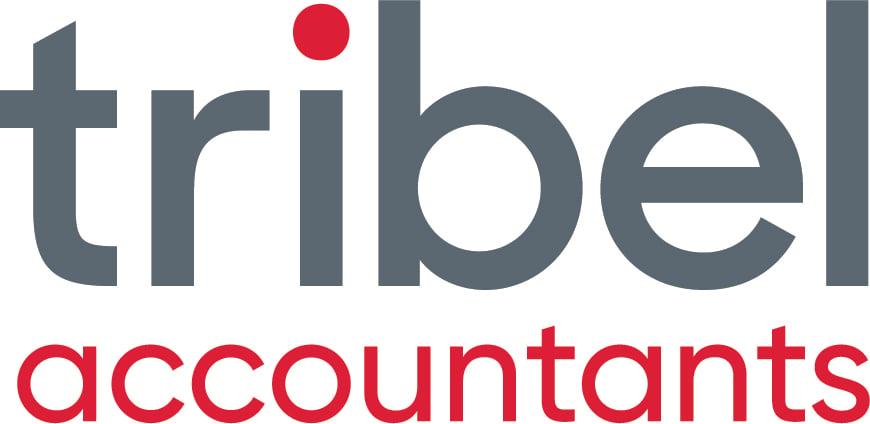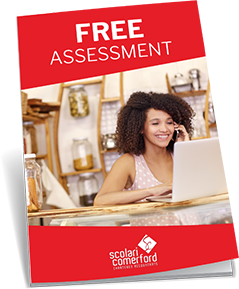INTRODUCTION:
Being a small business accountant, we often get questions about whether it's easier to just pay contractors so business owners don't have to worry about a range of issues and paperwork such as PAYG Witholding, workers compensation, annual leave, sick leave etc.
Be very wary though because the Australian Taxation Office is on the lookout for those that think it won't matter if somebody gives them a tax invoice for services performed. The ATO has also made it very clear that a written agreement that says the worker is a contractor will not save you if they don't satisfy certain tests.
Getting this wrong can be extremely costly in the event of an audit including having to pay additional super, penalties and interest.
Here are some of things you should ask yourself when deciding whether or not you should employ a person as an employee or a contractor. Please note these are a guideline only and it pays to get proper advice depending on your circumstances.

Figure 1: Beware of employees disguised as contractors. They could cost you a hell of a lot more than you ever realised.
1. Who Will You Be Paying To Do The Work?
First establish if it's:
- the individual worker;
- partnership;
- company;
- trust; or
- labour hire firm.
2. NO PAYG Witholding Or Super Entities
If you are paying a partnership, company or trust, then as long there is no agreement between your business and the individual worker there will be no PAYG Witholding or superannuation obligations. Labour hire firms do not attract PAYG or superannuation on your part.

Figure 2: Not even Batman can get away from the ATO if payments have been incorrectly made as contractors.
3. What If There Is An Agreement With The Individual Worker?
If the entity being paid is an individual, partnership, company or trust and there is an agreement then it's likely they will be employees where they are being employed as apprentices, trainees, trades assistants or labourers .
Whether super needs to be paid will depend on whether:
- they earn $450 or more in any calendar month in the relevant quarter;
- if they are under 18 years of age - no super required unless they work more than 30 hours per week; if they do
- no super payable if the work is a domestic and private nature and they are employed under a CDEP;
- special rules apply for non-residents.
4. WHAT IF THE Paying Entity is An Individual & Not A TRainee?
If the entity being paid is an individual, then you should find out if they have an ABN. Whether they do or don't you should determine whether they are able to pay someone else to do the work. If they aren't, there can be other tests such as how people are paid and who supplies the materials or tools to complete the work and whether they have to fix any defects they cause at their own expense.
Depending on the answers, they could be an employee or contractor. You need to work through these.
Even if you have worked out they are a contractor, superannuation could still be payable if they are involved as sportspersons, artists or entertainers.
That's correct - certain occupations may cause you to have to pay superannuation for both contractors and employees!
5. Use The ATO's Decision Tool & Seek Advice
As you can see, the above can be extremely confusing and it is best to start by using the ATO's Employee/Contractor Decision Tool at
If you are still unclear, it's always a good idea to seek professional advice from your small business accountants.
CONCLUSION:
PAYG and superannuation can be very confusing as can be seen from above but do not mess with it. The penalties and interest can be enormous and it's not worth taking the risk.
The ATO will not accept ignorance and have sent out a warning which should be heeded.


.png?width=100&height=100&name=COVID_Safe_Badge_Digital%20(002).png)




